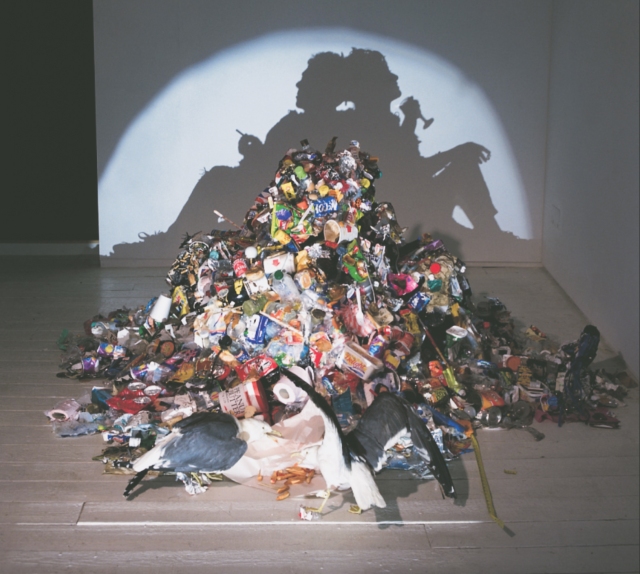This article is focused on the importance of knowledge in the society. I know – books went out of style a long time ago and people use them mostly out of necessity or just for the entertainment nowadays. But books are so much more than that, they are important tools, or at least they can be, if you know how to use them.
Indeed, historically certain books have had dramatic impacts on the thinking of whole societies. Consider, for example, Charles Darwin’s book, “The Origin of Species,” published in 1859. The theory of evolution first popularized by this book has dominated the thinking of “educated” people around the world for over a hundred years. Hardly anyone reads that book any more, but the movement it helped to spawn continues unabated. It was like a match that started an inferno that is still raging.
Of course, some books have positive rather than negative results. The Bible comes to mind immediately, but it is in a class entirely of its own because it is the infallible, inspired Word of God. Other examples of influential books could be mentioned, but the point should be clear enough: books are important tools for human beings; they play a key role in the transmission of information from one generation to another, or in the communication and spread of new ideas, as well as other important tasks.

This are the “Pillars” – the work of Ishmael Randall Weeks, that show us the true “power of knowledge”. He creates works on paper, sculpture, and mixed media installations and often incorporates found and recycled objects.
In Pillars, four columns made of concrete and built-in books function as the framework of an imaginary building or the basis of our ideas, where the different layers of the materials reveal their historical and sensitive burden. Because from knowledge we build the pillars of the mind.
“My work encompasses site-specific installations, sculpture, video, and works on paper. In these works, issues of urbanization, transformation, regeneration, escape, collapse, and nomadic existence have been predominant. The foundation of my larger-scale work lies in the alteration of materials (including such source materials as books and printed matter, empty tins, old tires, bicycles, boat parts, and building construction fragments) that are often altered to create sculptural objects and architectural spaces. These works take the visual form of functional objects while stripping them of their productivity to address notions of labour and utility, forcing an examination of our understanding of culturally specific forms while simultaneously exploiting and adapting their particular codes and associations.”
Keep up with Ishmael’s work online: @ishmaelrw
Sources:
http://www.foundationforcontemporaryarts.org/recipients/ishmael-randall-weeks
http://southasastateofmind.com/south-likes-ishmael-randall-weeks-arroniz-mexico-city/
https://chalcedon.edu/resources/articles/what-difference-can-a-book-make-the-impact-and-influence-of-the-genesis-flood
Picture from:
http://www.federicaschiavo.com/Artists/Ishmael-Randall-Weeks








